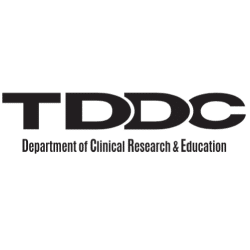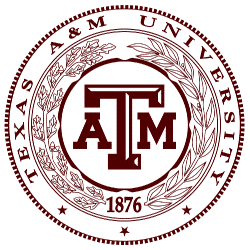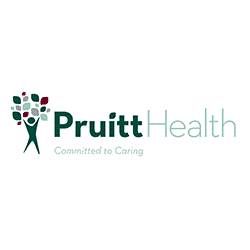
How To Pass an OSHA Inspection: 5 Steps You Can Take to Prepare
With vaccinations increasing and implementation of workplace testing, there could be an increase in OSHA inspections to ensure companies are disposing of medical waste properly. Whether you have been inspected before or not, a sudden inspection can be confusing and worrisome if you aren’t fully prepared.
If an OSHA Inspector showed up at your company doors today, how would your company fare? Do you have all your bases covered or could you potentially be facing fines and penalties?
How Does an OSHA Inspections Work?
OSHA inspections have three parts…
1. The Opening Conference – The OSHA Inspector will meet with the employer and their compliance team to go over their inspection plan and explain the reason for the inspection. At this point, the employer will be asked to provide a representative to accompany the inspector on their survey.
2. Inspection Tour – The inspector will tour the facilities and could perform a wide-range of activities including paperwork review, employee interviews and observation of processes pertinent to compliance. OSHA inspectors may also want to see your procedures for handling the medical waste associated with COVID-19 safety, testing, etc.
3. Closing Conference – After the inspection, the inspector meets with the employer to review the findings and discuss any procedures or polices that require correction and a timeline for making those changes. A report will be generated and sent to the OSHA director who will make the determination if a citation or fine is warranted. After that, an employer has 15 days to respond or dispute the citation.
What are OSHA Inspectors Looking For?
OSHA Inspectors are looking for any code violations that illustrate a lack of compliance, whether it is a willing or unknowing violation. These violations could range from serious (in cases where a safety hazard has been ignored or not identified) to willful (any instance that shows disregards for employee safety and lack of action to correct those issues). If an employer has been subject to an OSHA inspection before, there could be repeat violations for failure to correct prior issues or if the employer is using outdated OSHA requirements as the basis of the compliance plan.
Inspectors will specifically be looking for:
• Thorough and up-to-date documentation including, Safety Data Sheets outlining the safe handling and storage of chemicals, OSHA 300 logs that record serious accidents or illnesses in the workplace, vaccination and COVID-19 testing records, and clear plans regarding blood-borne pathogens and respiratory protection.
• A staff that is trained to identify workplace hazards and follow policy protocols to ensure OSHA compliance. They will also be looking for documentation to prove staff training with the type of training provided and dates of completion.
• Code violations including any item that exposes an employee to injury or other health-related risk, procedural issues or improper labeling, handling, and disposal of dangerous materials, and equipment or procedures that pose a threat to employee safety.
How Can You Be Prepared?
To be prepared for an OSHA Inspection, COVID-19 related or otherwise, you should do the following:
1. Stay up to date with the latest OSHA regulations. Your policies should be created with your employee’s safety as the primary concern. OSHA regulations can change from time to time, so staying informed is critical to ensure compliance and avoid fines and penalties.
2. Implement frequent training sessions to ensure management, compliance officers and employees are on the same page regarding safety policies and protocols. Create records of the type of training, who received the training, and the date of completion.
3. Maintain accurate and thorough documentation of all policies, procedures, and protocols. All employees should have access to this documentation and be informed to any changes or amendments. This includes vaccination records and proof of testing per OSHA regulations. Having an organized set of manuals outlining these items is your first line of defense to ensure a successful outcome of an OSHA inspection.
4. Prepare compliance officers and employees for any interaction with an OSHA inspector. Let them know that they may be interviewed by the inspector and establish a protocol for answering questions about their role in ensuring the highest levels of safety in the facility. An employee should feel confident that they can answer any question posed by an OSHA Inspector.
5. Walk your facility regularly and look for any issues that might raise a red flag with an OSHA Inspector. Talk with your employees to make sure they are aware of safety policies and understand the procedures as set forth in your compliance manuals.
An OSHA inspection (announced or unannounced) can be a nerve-wracking experience and has the potential to disrupt workflow. Fines and penalties are an additional burden on the employer if violations are found. However, you don’t have to shoulder the burden alone. There is help.
At MedSharps, we work with clients on a regular basis to help them with their OSHA compliance issues. When dealing with work-place safety, sometimes it takes an outside observer to identify issues you may have missed. Our team of experts knows what OSHA might be looking for in an inspection and we can help you overcome any challenges you might be having (even ones you might not be aware of).
MedSharps can help with a comprehensive plan to dispose of medical waste properly and ensure your policies, training and documentation will be up-to-date and compliant in case of an OSHA inspection.
Visit MedSharps.com today to request a free quote.








